At Main Line Plastic Surgery, we provide cutting-edge facial fat transfer to help patients restore youthful volume and achieve a naturally refreshed appearance. As people age, their faces can lose fat, leading to sunken cheeks, sagging skin, and a tired-looking face. But with medical advances, restoring a fuller, softer, and younger-looking complexion is now easier than ever.
Our board-certified plastic surgeon, Dr. Raymond Jean, uses the Puregraft system to perform facial fat transfers with accuracy and attention to detail. This modern technique gathers and cleanses the patient’s fat before reinjection into the cheeks, temples, jawline, or under-eye hollows. Using this natural alternative to artificial fillers, we aim to produce long-lasting results with minimal downtime in every cosmetic and reconstructive surgery.
At Main Line Plastic Surgery, we provide cutting-edge facial fat transfer to help patients restore youthful volume and achieve a naturally refreshed appearance. As people age, their faces can lose fat, leading to sunken cheeks, sagging skin, and a tired-looking face. But with medical advances, restoring a fuller, softer, and younger-looking complexion is now easier than ever.
Our board-certified plastic surgeon, Dr. Raymond Jean, uses the Puregraft system to perform facial fat transfers with accuracy and attention to detail. This modern technique gathers and cleanses the patient’s fat before reinjection into the cheeks, temples, jawline, or under-eye hollows. Using this natural alternative to artificial fillers, we aim to produce long-lasting results with minimal downtime in every cosmetic and reconstructive surgery.

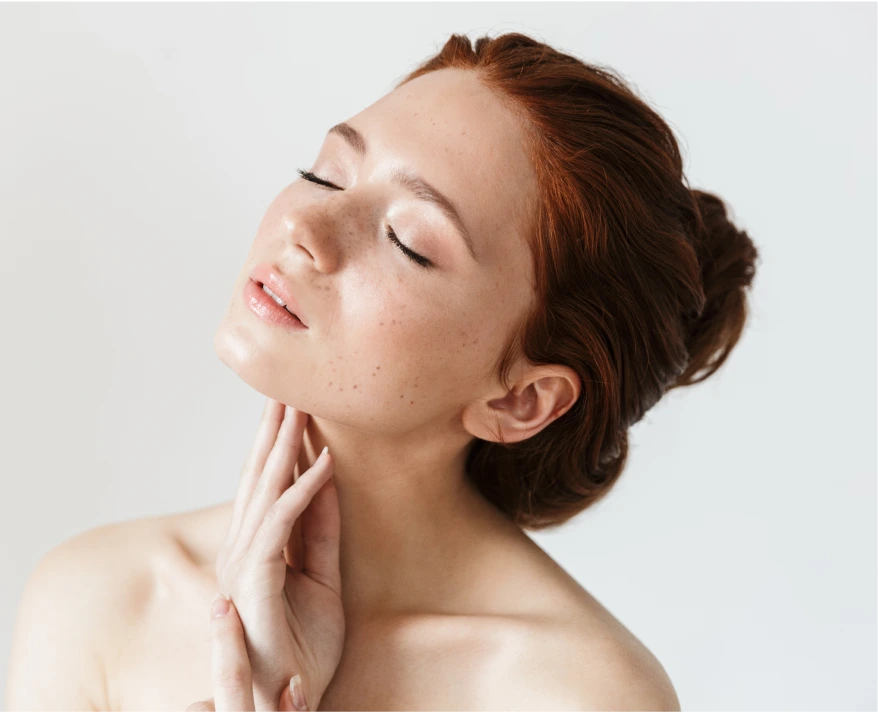
Facial fat transfer is a cosmetic procedure that restores facial volume to achieve a youthful look by using the patient’s own fat. During this treatment, Dr. Raymond Jean uses liposuction to remove fat from another body area, most commonly the abdomen, thighs, or flanks. The tissue is then purified using the innovative Puregraft filtration system, which eliminates over 97% of impurities so that only the healthiest fat cells are used. Following purification, Dr. Jean injects the fat into targeted areas of the face, such as the cheeks, temples, jawline, or under-eye hollows. This facial cosmetic surgery smoothes wrinkles, fills sunken areas, and enhances natural contours for a refreshed, more youthful appearance. Unlike temporary dermal fillers, facial fat transfer provides long-lasting results with biocompatible tissue from the patient’s body. This is the ideal solution for natural rejuvenation without synthetic materials.
Fat grafting results with traditional purification methods last approximately 5 to 7 years. Puregraft is designed to improve both the retention of fat after transfer and the longevity of results:
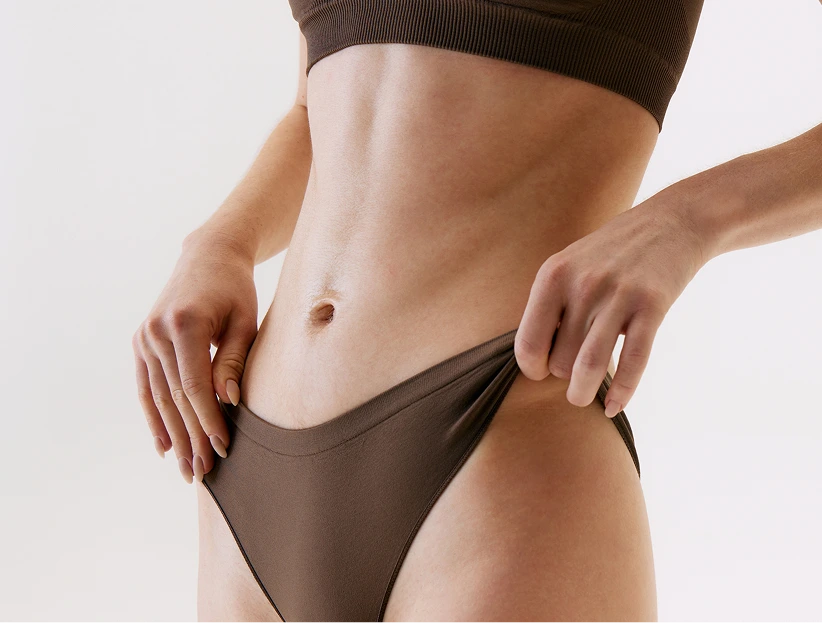
Dr. Jean may choose to remove fat from one or more areas. Commonly, the body holds extra fat in the abdomen, flanks, back, thighs, hips, or around the buttocks. These are the first areas that are evaluated as potential harvest sites. Smaller zones could be considered due to the minimal amount of fat needed for facial rejuvenation.

A facial fat grafting procedure should only be performed by a board-certified plastic surgeon who has a great deal of experience performing this two-step process. There is a slight degree of unpredictability to the fat grafting process because some of the transferred fat will naturally get absorbed. To accommodate this absorption, Dr. Jean may insert slightly more fat, understanding that volume will decrease over the weeks following treatment. Even with some extra fat, patients can expect their results to look natural. Dr. Jean uses the latest techniques to inject fat into precise areas to improve the contours of the face.
During the first consultation, Dr. Jean discusses facial concerns and examines the patient’s complexion to determine if fat transfer is the best solution. He also discusses aesthetic goals and inspects donor areas on the body. Our surgeon may also take clinical photographs to document the “before” stage and facilitate surgical planning. The patient is also provided with a price quote for the procedure.
Dr. Jean conducts a thorough medical evaluation to ensure the treatment is safe. This may include reviewing the patient’s medical history and ordering necessary tests, such as blood work or an EKG, depending on their age or health. Facial fat grafting does have some medical contraindications, which include: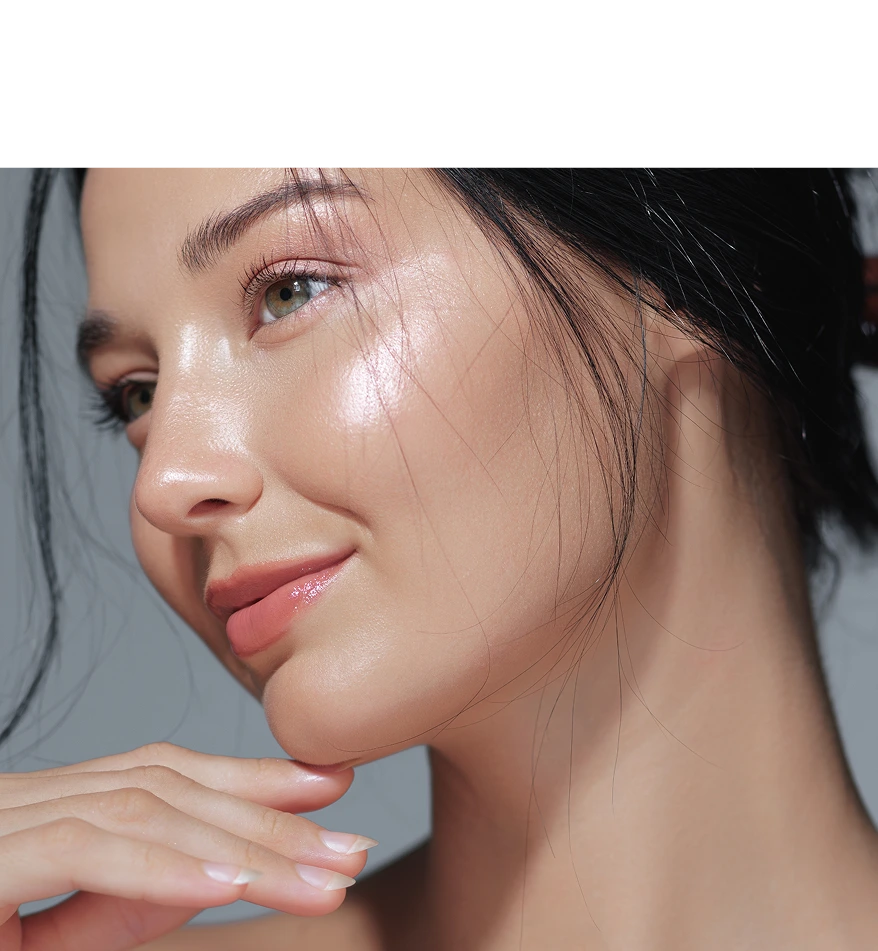
Fat transfer breast augmentation is a popular alternative to traditional breast implants, offering a more natural approach to enhancing breast size and shape. During this procedure, excess fat is harvested from specific areas of the body, such as the abdomen or thighs, and strategically injected into the breasts to create fuller, more balanced contours. Often referred to as natural breast augmentation, this technique appeals to individuals seeking subtle enhancements without synthetic implants. In addition to improving breast shape, the use of a patient’s own fat minimizes the risk of allergic reactions or complications associated with foreign materials.
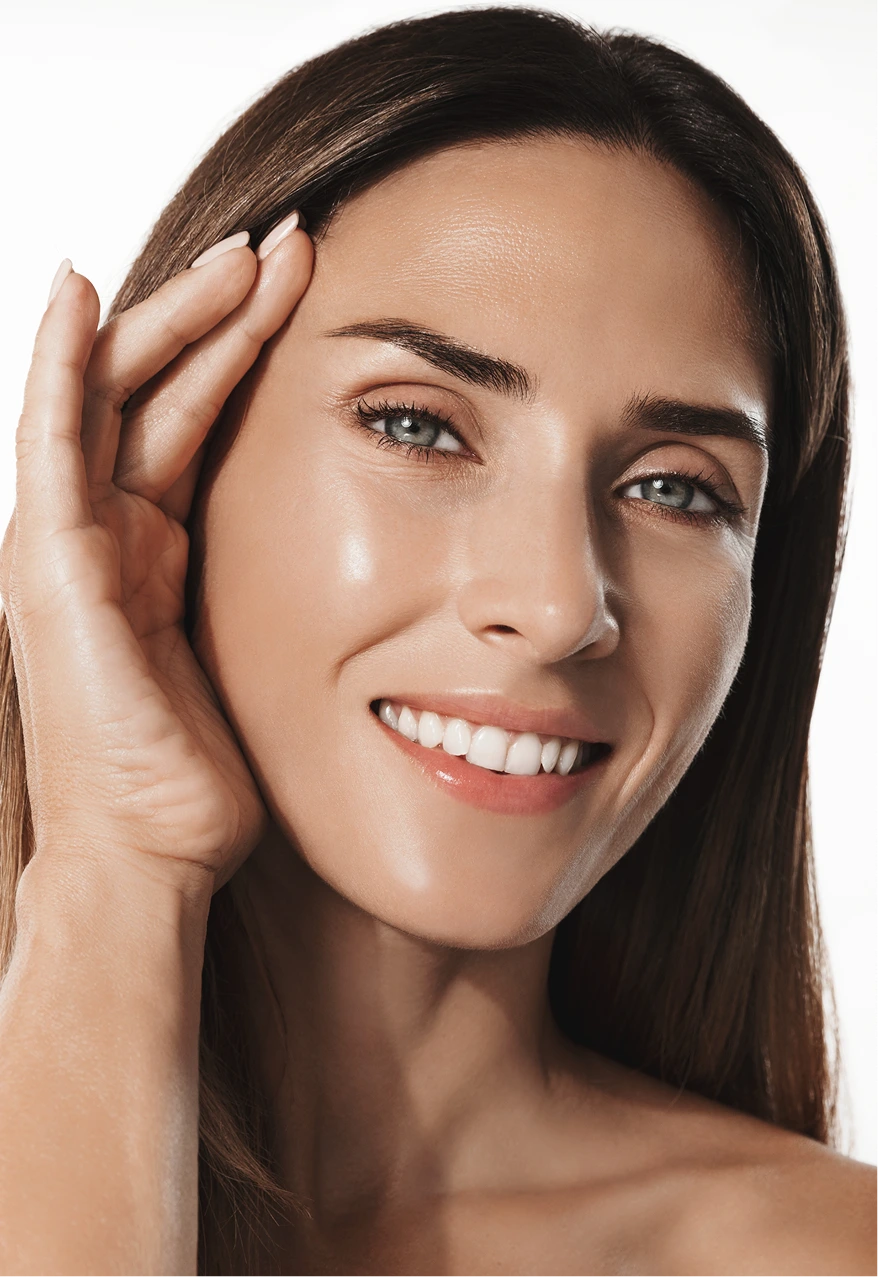
A patient may be a candidate for fat grafting if they are unhappy with signs of facial aging, such as:
Frown Lines: By adding volume to the area, fat grafting can minimize the appearance of anger or stress lines between the eyebrows.
Hollowness Under the Eyes: Fat transfer can reduce dark shadows and make a patient look refreshed by adding volume beneath their eyes.
Sunken Cheeks: When cheeks lose fat as patients get older, they can look hollow. Putting fat into this area brings back a youthful look — it lifts the cheeks to give them fullness again.
Smile Lines: To help smooth out these creases and soften expressions, fat is injected into the nasolabial folds (the lines from the nose to the corners of the mouth).
Thinning of the Lips: Using fat instead of synthetic fillers to replace lost volume makes it possible to naturally plump one’s lips while restoring shape and definition.
Sagging of the Chin and Jawline: Augmenting volume-depleted regions with fat can delicately elevate the bottom half of the face, thereby refining its shape and diminishing the look of sagging cheeks.
For fat transfer to be an option, patients must have enough fat for Dr. Jean to extract the amount needed for grafting. In addition, they should be in overall good health, avoid smoking, and have realistic expectations.

An average facial fat transfer cost in Philadelphia ranges between $4,000 and $15,000. This estimate typically includes the surgeon’s fee, anesthesia, facility use, liposuction to remove the fat, purification through the Puregraft system, and follow-up visits. The final cost will vary based on the number of areas treated, the complexity of the procedure, and whether other cosmetic treatments are performed simultaneously. Those interested in facial fat injections are welcome to schedule a personal consultation with Dr. Jean to receive an individualized treatment plan and personalized quote based on their aesthetic goals.
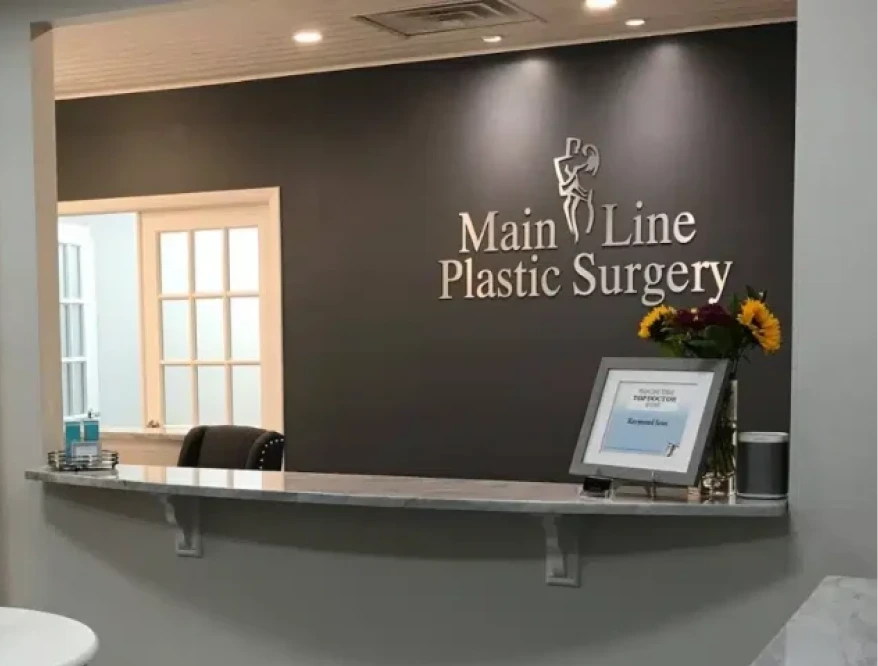
At Main Line Plastic Surgery, patients enjoy personalized, expert care under the guidance of board-certified plastic surgeon Dr. Raymond Jean. Committed to natural-looking results and innovative technology like Puregraft, our surgeon helps people restore youthful facial contours with minimal downtime. Every facial fat transfer is customized to the patient’s features and aging concerns, offering long-lasting and subtle enhancement. We aim to provide a safe, welcoming environment where people feel informed, confident, and supported throughout every facial plastic surgery.